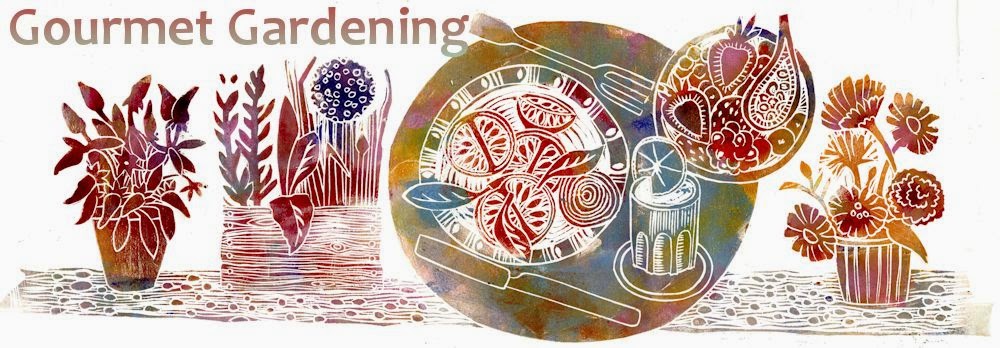It was either brave or foolhardy to harvest my ginger plants live at the Secret Garden Club in our Grow Your Own Curry session on Sunday. We dug these triffid-like roots, above, out from a pot where I'd planted a single piece of ginger root 10 months ago.
I've been documenting the growth of these ginger plants on this blog since January, when I planted the root. Over the summer, the plant grew tall and architectural, then, about six weeks ago, the foliage turned brown and wilted. By the time we came to harvest the ginger at the Secret Garden Club, all I had to show for 10 months of raising ginger were two pots of compost with no visible plant growth at all.
In truth I did check one pot the day before to make sure I would have some ginger root to lift on the day itself, prodding the soil until I could find a good solid mass of new root. As the other pot had been nurtured in identical conditions, I reckoned it was safe enough to leave that one undisturbed until the big unveiling.
 |
| Ginger plants growing tall over the summer. |


